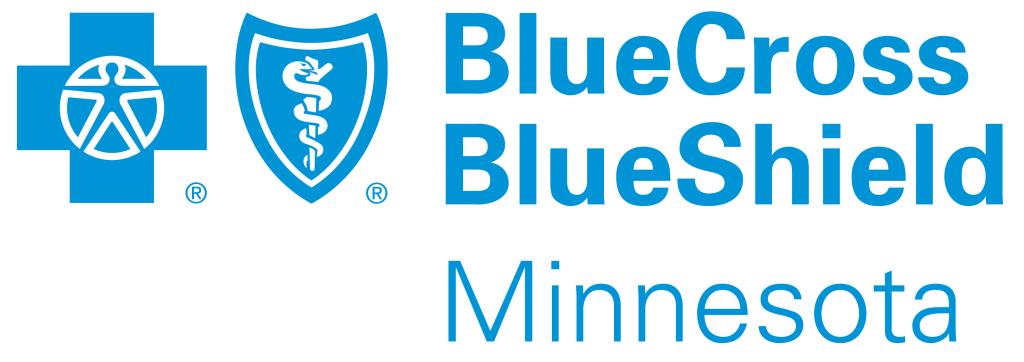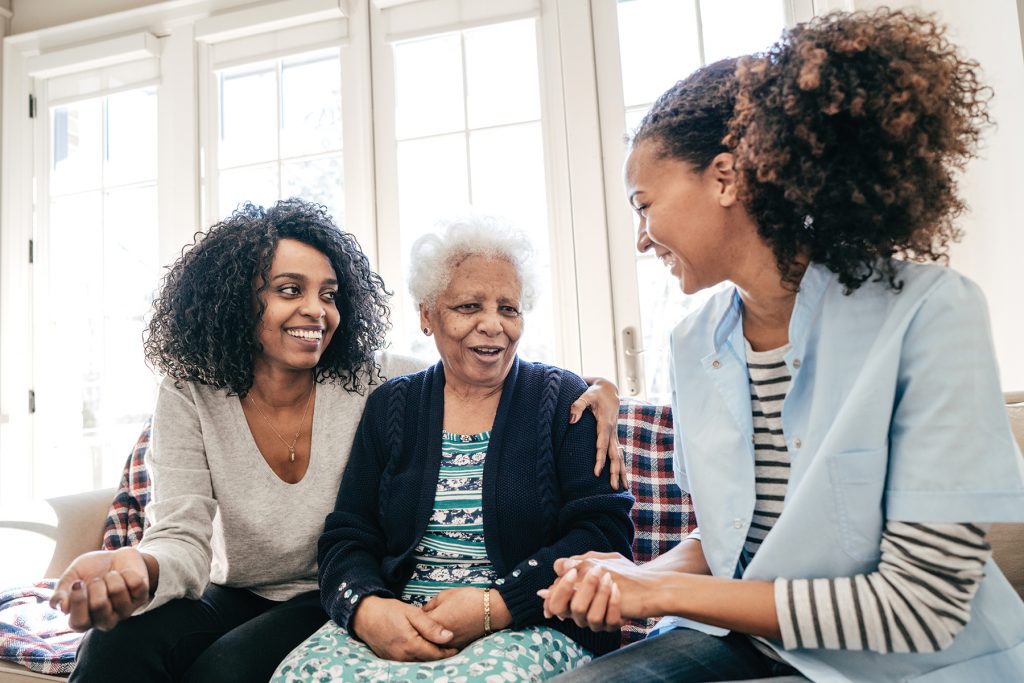In the United States today, nearly 42 million people serve as caregivers of adults age 50 or older, based on the 2020 AARP Caregiving in the US Report. That’s a jump of more than 14 percent from 2015, a clear sign of the growing need for caregiver support and resources.
And yet, many caregivers providing support to older loved ones dive into the role without actually recognizing themselves as a caregiver. It might sound simple, but identifying as a caregiver is an important step toward providing the best possible support for a loved one. Recognizing the role helps to outline clear boundaries and expectations, says Pam Fredrickson Sanchez, former Manager of Social Work at the University of Minnesota Fairview Medical Center.
“One of the main barriers we see with caregivers to partners and parents is guilt,” Sanchez says. “They’re husbands and wives and daughters and sons, and now suddenly they’ve been thrust into being the caregiver, but they still want to be husbands and wives and daughters and sons.”
To alleviate that guilt, Sanchez advises considering the role as caregiver a separate identity. “Identifying as a caregiver can help you better set boundaries so that you can step back and say, ‘This is the role I have to take right now because she/he needs me to take that role,’” she explains. “It also puts you in a position to ask for help.”
And asking for help is key. The recent AARP report found that 23 percent of caregivers say their own health has worsened because of the role. That’s where the available resources are crucial: From financial and mental health help to support groups, accessing self-care resources is a caregiver’s lifeline to avoiding burnout.
At Blue Cross, we strive to help make the transition into caregiving as smooth and comfortable as possible. We are here to help you at every step of your journey. Visit caregivercornermn.com to learn more.


